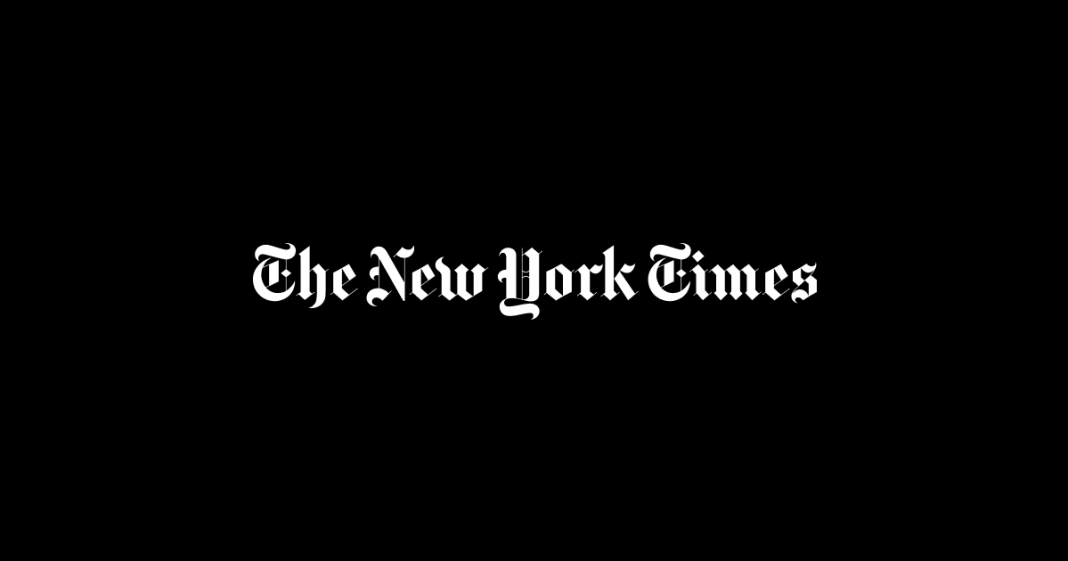The Treasury Department on Friday made it slightly easier for small-business owners to avoid having to repay government-backed loans they took out under a program designed to keep them from laying off employees and permanently closing.
Officials released a term sheet to guide borrowers on how to convert their Paycheck Protection Program loans into grants. The terms appeared to ease a requirement that businesses rehire a certain percentage of their employees in order to obtain forgiveness. But they did not do away with a requirement that many business found onerous: At least three-quarters of the money must be spent on payroll expenses and the rest on rent and utility bills.
Many small businesses faced a quandary after receiving the loans: Despite having cash, they had to remain closed. There were plenty of expenses the money could go to, such as retooling their interiors to accommodate social distancing or making other, overdue payments. But the law said they had to spend the money paying employees, even if there was no work for them to do.
And when employees turned to state unemployment benefits — with an extra $600 a week injected by the federal government’s $2 trillion CARES Act package — many found it was financially better to be out of work than to return to work.
Many small businesses were wondering whether the loans they had gotten would be forgiven after all or — in the worst case — whether the federal authorities would eventually accuse them of fraud.
Friday’s guidelines said businesses that had to lay some employees off and were unable to rehire them could still get forgiveness as long as the layoffs occurred early on during the lockdowns. Combined with a safe-harbor provision that frees businesses that took out smaller loans from the worry of an audit, the guidance could solve a significant problem for many owners. Earlier this week, federal officials said they would take business owners at their word for loans under $2 million.



